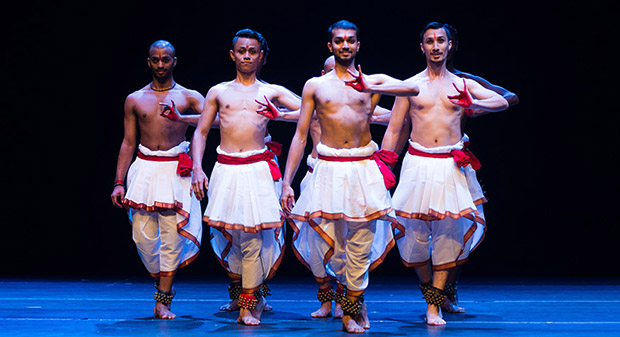
© and courtesy Sadler’s Wells. (Click image for larger version)
Mavin Khoo & Temple of Fine Arts
Unnamed work exploring three scenes from the Ramayana
★★★✰✰
London, Sadler’s Wells
Part of Darbar Festival (curated by Akram Khan)
25 November 2019
www.instagram.com/mavin_khoo
www.sadlerswells.com
www.darbar.org
The Darbar Festival celebrating classical forms of Indian dance is now in its third year at Sadler’s Wells. Its curator, Akram Khan, was there in person to introduce this performance with warmth and enthusiasm. Earlier editions have concentrated on solos and then duets: this year, it is ensemble work that is featured. In what Khan thinks may be a first, at this performance the musicians are all female and the dancers all male.
The choreographer Mavin Khoo (co-curator of the dance festival) performs and choreographs in both contemporary dance and Bharatanatyam, and his work, in a more contemporary vein, has previously been presented at the Wells. He doesn’t appear on stage here: the work has been made on dancers from the Temple of Fine Arts Inner Space Dance, based in Malaysia. The company’s aim is to create new works that push at the boundaries of traditional dance. It’s interesting to see how a group can be used in Bharatanatyam and there are some striking and memorable images, though the narrative elements could sometimes be clearer.
Before the performance begins, and as the audience are still filing in, the musicians, seated on a low platform ay the back of the stage, are already playing and singing. The voice is delicate yet powerful. This musical interlude gives you time to gently attune yourself to a different spiritual world.
The programme note explains that the (unnamed) work illustrates three stories from the epic Ramayana, which supplies so much source material for dance. Here we have the abduction of Sita, the building of the bridge to Lanka (where she has been taken) by Rama’s army of monkeys, and the killing of the demon god Ravana. These stories are deeply embedded in the culture of much of the world, and the work assumes a good deal of familiarity with them. If that’s not your background then you will get much more out of this by a modicum of reading up beforehand. Following the narrative demands concentration as any of the dancers may embody a character, male or female, before shifting back into the group.
Darbar Festival – Mavin Khoo & Temple of Fine Arts from Sadler's Wells on Vimeo.
There are eight dancers, bare chested and identically clad in red, with bells wrapped around their ankles. The palms of their hands are painted red. The forces available allow Khoo to do sculptural groupings that might have come from the façade of an Indian temple. The dancers could be trees in a forest around Sita, a kind of living scenery. In the monkey scene, the dancers’ bodies form the bridge across the stage: one dancer, supported by another, steps across on their bent backs, and finally, nerve-rackingly, steps directly on the heads of those standing upright before reaching the other side. It’s a very effective use of the forces available. This work concerns itself with the group rather than the individual, no one dancer stands out. In terms of the narrative though, the number of dancers can make it less easy to follow: you can be unsure of where to direct your gaze.
But as well as exploiting the group for narrative purposes, Khoo also enjoys using the performers to form patterns. Dancers are posed in a line centre stage, their arms rippling in sequence. The choreography is extremely detailed: fingers are splayed and curled, there are sharp turns of the head, swivelling of the eyes. In slower passages you can see how each foot is placed with extreme care. In faster passages the feet may slap the floor percussively, but they can also be used with great finesse to make the bells give out a gentle and subdued tinkling.
The interplay between musician and performer is critical in Bharatanatyam. In the Sita episode, the vocal seems to ascend into the stratosphere and then plunge back to earth, as the action develops. The vocalist later invokes the name of Hanuman, the monkey king, as the dancers gather to build their bridge. In solo Bharatanatyam performances, an individual dancer appears to improvise in response to the musicians and can convey an electricity, a sense of being very much in the moment. With a group often working in unison, the effect can’t be the same, but using a larger group of dancers does allow for other stratagems.
The most striking and effective passage involves the killing of the demon god Ravana. Khoo first assembles his dancers as a warlike group, confronting the audience in stamping unison. Then they merge together, one dancer in the centre and three linked tightly on each side. As each of these raise a red-painted hand in the air, a multi armed Indian divinity has come into being before our eyes, and it is an electrifying sight. It thrashes in rage, and its eventual defeat is signified by its breakup into individual bodies.
The work runs for an hour and ten minutes with no interval. This is relatively short for an evening of this type which can be of more epic length. (There had been a free tabla recital on the mezzanine from 6pm for those who wanted more). It’s performed with untiring energy and commitment by the musicians and dancers.
Darbar audiences always seem to be knowledgeable and very receptive and this one was no exception. The response was rapturous. This performance was filmed by Sky Arts so may find a wider audience still. Darbar is moving into the digital world and on 25 December launches an online festival, Darbar 360, featuring several artists filmed in India. Darbar looks like becoming a regular feature of the Wells schedule and it will be interesting to see what further ambitions future productions will have.












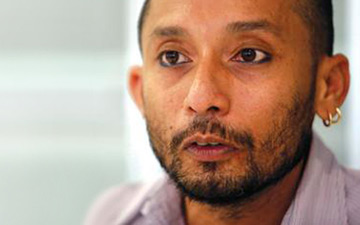
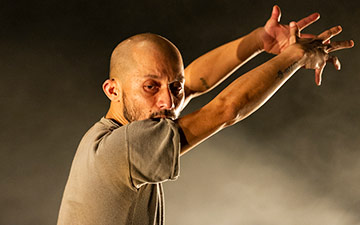
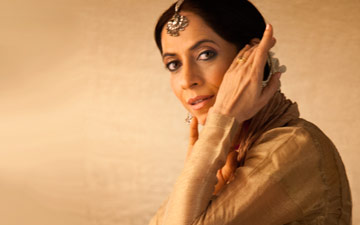

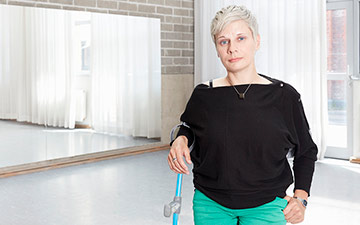
You must be logged in to post a comment.